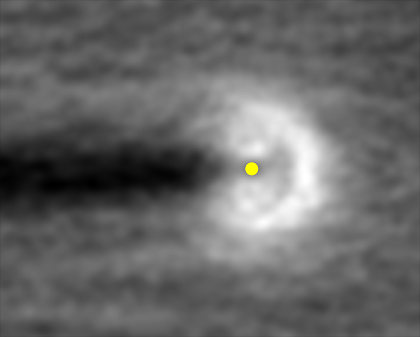One tiny particle can roll up a big world

Date
Location
Description
*The date/time/venue is CHANGED!!
Date: Wednesday, August 30 > CHANGED to Thursday, Augst 31
Time: 15:00-16:00 > CHANGED to 11:00-12:00
Location: Lab 4, Level E, L4E26 > CHANGED to Lab 4, Level E, L4E45
Speaker: Dr. Shih-Yuan Chen, Northwestern University.
Title: One tiny particle can roll up a big world
Abstract:
Tiny particles like bacteria or Janus particles can self-propel or be driven by external forces to swim in a fluid. The interaction between these microswimmers and their surroundings leads to a wide range of phenomena: self-assembly, phase separation, particle trapping, etc. When swimming in a complex environment, microswimmers often change their motion by sensing their environment. One thrust of this research is the development of artificial microswimmers that can deliver medicine to specific locations in the human body. Therefore, it is crucial to understand how microswimmers interact with a complex environment like blood vessels.
In this talk, I will demonstrate how we make and control our own microswimmers in the lab, and how we can use them to restructure colloidal suspensions and trap passive particles. We make spherical particles with a permanent magnetic dipole moment, and use external magnetic fields to rotate these particles close to a surface. These spinning particles, or microrollers, pump the fluid around them, generating strong asymmetric flows that drive the microrollers to move. Consequently, the dominant interaction between the microrollers and their surroundings is hydrodynamic. We find that, when a microroller is in a passive colloidal suspension, it redistributes the colloids to new locations, creating a new, steady 3D structure out of the quasi-2D suspension. Due to the long-range nature of the hydrodynamic interaction, the size of the new structure is roughly 10 times larger than the roller size. I will discuss the robustness of the pattern formation, and how we can tune the pattern size. Additionally, the microroller-generated flows can also trap and transport cargo particles. I will discuss the different regimes of this cargo transport mechanism, and show that it is possible to entrap a targeted cargo particle from a mixed cluster.
Subscribe to the OIST Calendar: Right-click to download, then open in your calendar application.



